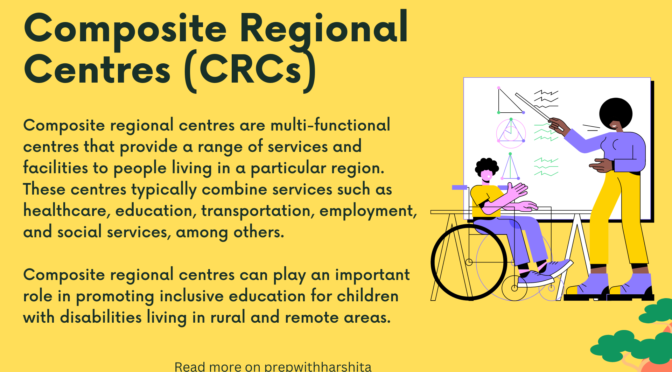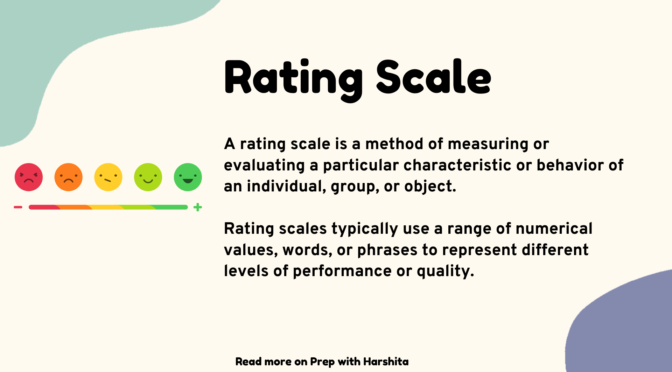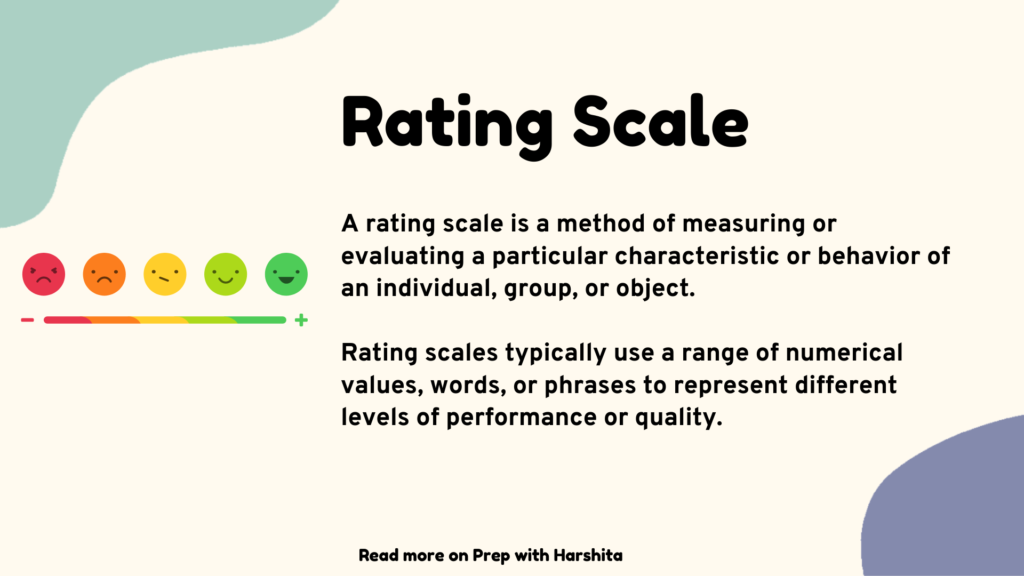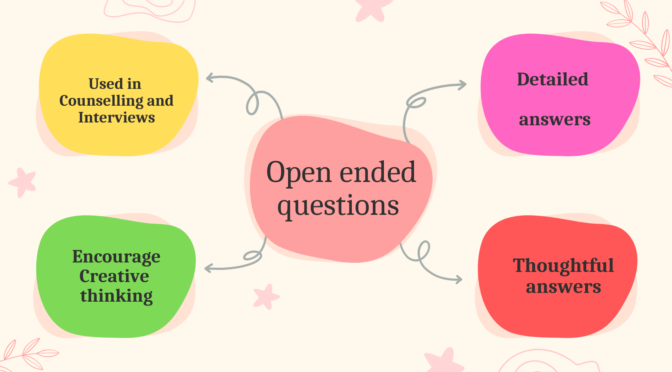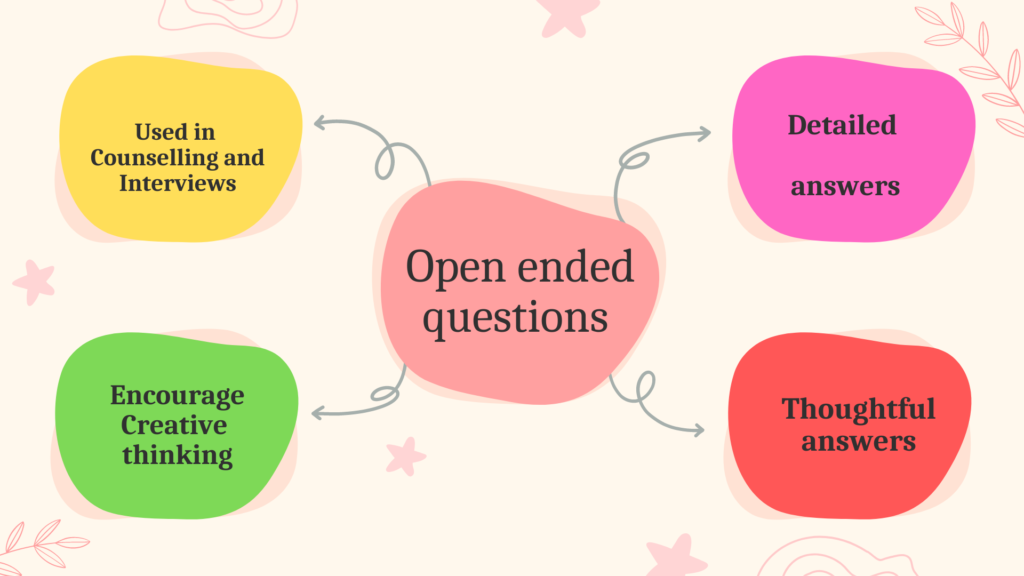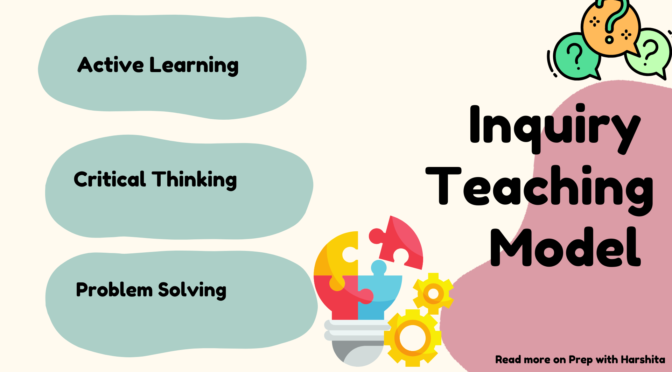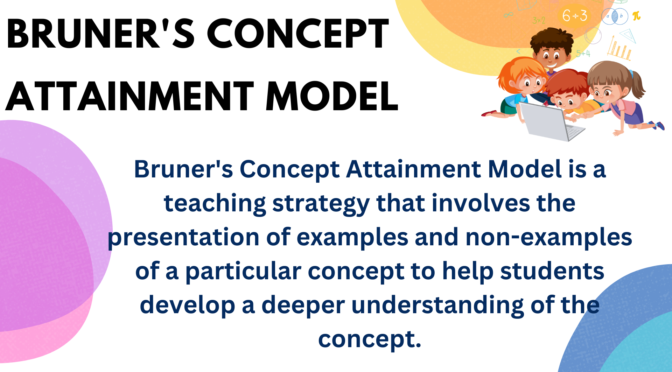Composite regional centres are multi-functional centres that provide a range of services and facilities to people living in a particular region. These centres typically combine services such as healthcare, education, transportation, employment, and social services, among others.
Idea Behind CRCs
The idea behind composite regional centres is to create a one-stop-shop for people living in rural or remote areas, who might otherwise have to travel long distances to access essential services. By bringing together a range of services in one location, composite regional centres can make it easier and more convenient for people to access the services they need.
They can play an important role in addressing issues such as access to healthcare, education, and employment opportunities in rural and remote areas. They can also help to support the development of regional economies by providing local infrastructure and services that attract businesses and investment.
CRCs and Inclusive Education
Composite regional centres can play an important role in promoting inclusive education for children with disabilities living in rural and remote areas. Inclusive education refers to a model of education where children with disabilities are educated alongside their non-disabled peers in mainstream schools.
In many rural and remote areas, there may be limited resources and expertise to support inclusive education. They can provide a range of services to support inclusive education, including:
- Special education services: They can offer special education services such as assessments, interventions, and therapy sessions to support children with disabilities in mainstream schools.
- Professional development: They can provide professional development opportunities for teachers and other education professionals to enhance their knowledge and skills in supporting children with disabilities.
- Assistive technology: They can provide assistive technology devices and services such as computer software, communication aids, and mobility aids to support children with disabilities in their learning.
- Collaboration and networking: They can facilitate collaboration and networking among schools, families, and community members to promote inclusive education and address the specific needs of children with disabilities in rural and remote areas.
Also Read: Existentialism
By providing these services, composite regional centres can help to create more inclusive and supportive learning environments for children with disabilities in rural and remote areas, and help to bridge the gap in access to educational resources and opportunities between urban and rural areas.


